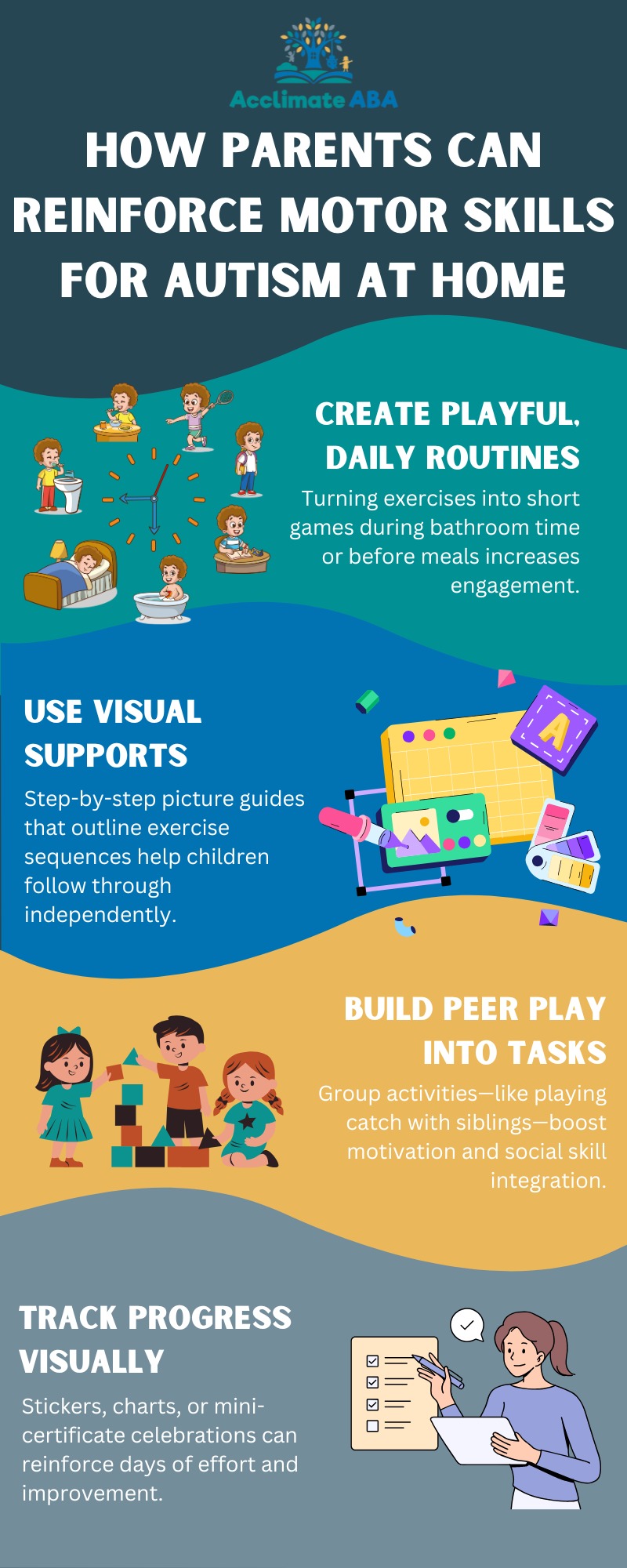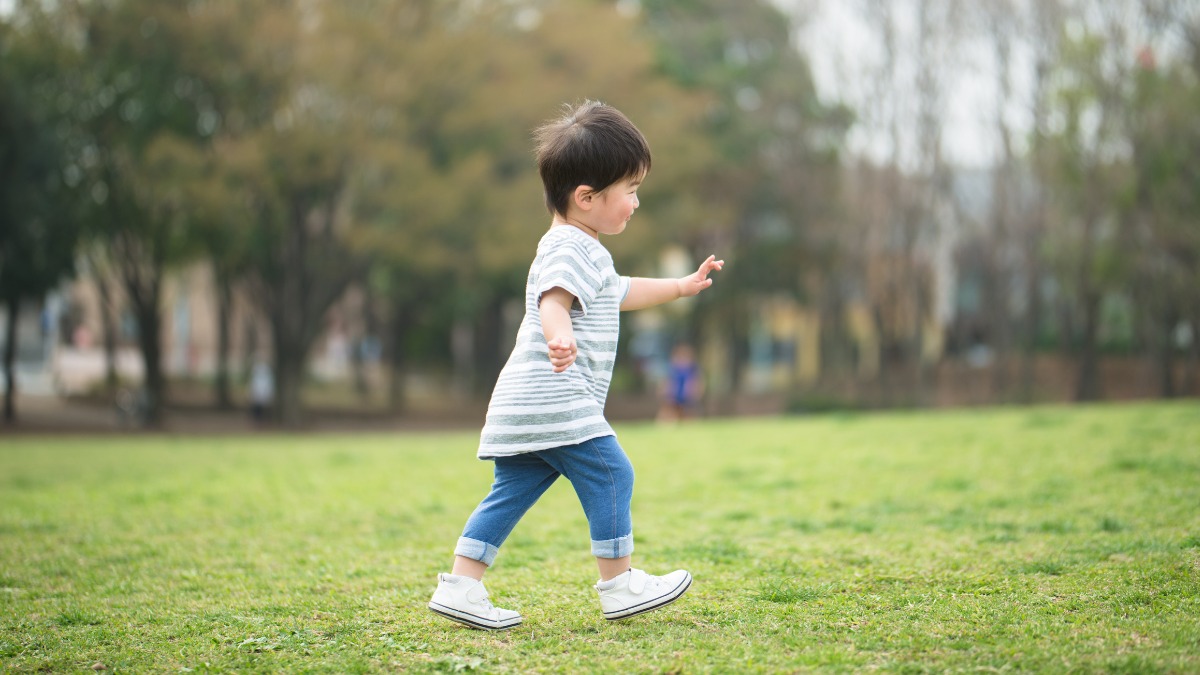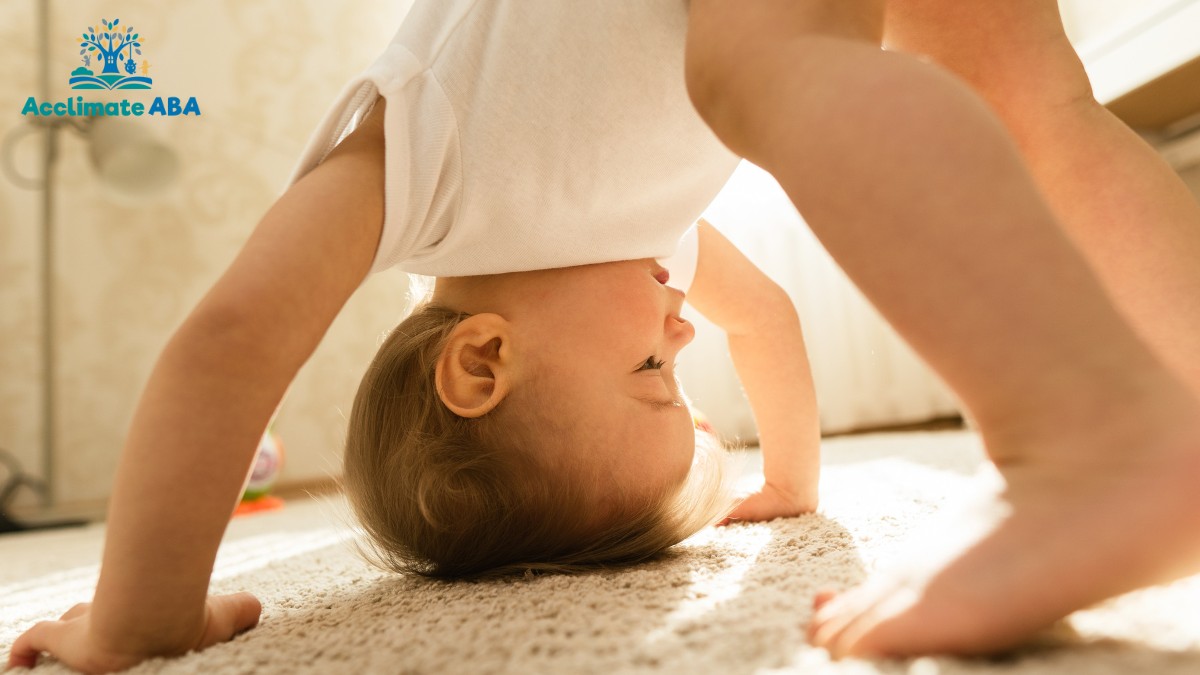Key Points:
- Autism can influence gross and fine motor skills, coordination, and posture, but impacts vary widely among children.
- Early evaluation and intervention through therapies like occupational therapy and ABA can support physical development and functional independence.
- Structured physical activities, routine practice, and reinforcement strategies empower children with ASD to build strength, balance, and motor confidence.
While autism is most often associated with social, communication, and behavioral differences, it also significantly affects physical development in many children. Motor coordination, balance, posture, and both fine and gross motor skills can be impacted—shaping how a child engages with play, self-care, and peer interaction. These physical challenges are not universal but are prevalent and often underrecognized.
According to research, approximately 87% of individuals with autism experience motor delays. Recognizing and addressing these delays early through therapies like occupational therapy, physical therapy, and ABA can dramatically improve a child’s functional independence. In this article, we’ll go over how autism influences motor skills and growth, the reasons behind these delays, and what parents can do to help their children thrive physically and emotionally.
Does Autism Affect Physical Development?
Autism can affect physical development, impacting motor coordination, balance, posture, and fine motor control; the degree varies by child. These challenges can influence how a child moves through the world—physically and socially—affecting everything from handwriting and dressing to climbing on a playground.
Motor issues are not universal but are common in children with ASD. For some, difficulties may be mild and easily addressed; for others, they can interfere significantly with independence and peer participation. Early identification and targeted support can make a meaningful difference in a child’s ability to engage in play, navigate self-care routines, and participate in school and community activities with confidence.
What Types Of Motor Delays Are Associated With Autism?
Motor delays in children with autism can appear in many forms, often affecting both large and small movements. These delays may become noticeable when a child struggles with physical tasks that peers master more easily—like running, writing, or maintaining balance.
Autistic children may face delays in:
1. Gross Motor Skill Delays
Autistic children may struggle with skills like running, jumping, or bike riding due to coordination, balance, or muscle tone differences.
2. Fine Motor Skill Challenges
Tasks requiring hand precision—such as writing, buttoning clothes, or using utensils—may be difficult due to reduced dexterity and motor control.
3. Motor Planning Difficulties (Praxis)
Children may have trouble learning new physical tasks or sequencing actions, making unfamiliar movements confusing or hard to repeat.
4. Postural Control Issues
Poor core strength and balance can affect sitting upright, maintaining stability, or participating in active play with peers.
5. Gait Abnormalities
Unusual walking patterns like toe-walking or uneven stride may emerge, reflecting muscle tone or sensory processing differences.
These challenges can affect a child’s independence, peer interaction, and physical health. Recognizing which areas are impacted helps guide targeted intervention strategies.
Why Do Motor Challenges Occur In Autism?
Motor challenges in autism often stem from how the brain and body process movement and sensation. Neuromuscular differences, sensory sensitivities, and variations in muscle tone can make coordination harder.
Several factors that contribute to motor delays in children with ASD include:
Neuromuscular differences
Atypical brain development can influence how motor signals are planned and executed, making coordination more effortful.
Sensory processing differences
Sensitivity to proprioception, touch, or movement can make physical activities uncomfortable or overwhelming.
Hypotonia or hypertonia
Low muscle tone may explain fatigue or slowness, while high tone can restrict fluid movement.
Limited practice and participation
Avoiding playgrounds or group sports may reduce opportunities to develop motor skills through play and repetition.
How Do These Challenges Show Up In Daily Routines?
Motor delays often appear in daily routines that require coordination, strength, or balance. Activities like play, self-care, and social interaction may become frustrating or avoided. These difficulties can limit independence and confidence, making early support essential. Motor difficulties emerging from how autism affects physical development can impact key daily routines:
Play and recreation
Children may avoid swings, climbing structures, or team games when coordination feels too difficult or sensory stimuli become overwhelming.
Self-care tasks
Poor dexterity can make dressing, feeding, or brushing difficult and frustrating—for both child and caregiver.
Social participation
When physical skills lag behind peers, children may feel excluded or lose confidence, especially in group play.
Early recognition and intervention can prevent these challenges from compounding socially and emotionally.
What are Effective Therapies to Support Motor Development?
Many children benefit most from a multi-disciplinary approach that addresses a wide range of motor needs, both gross and fine. Rather than relying on a single method, combining physical, occupational, and behavioral strategies creates a more comprehensive and personalized plan. These therapies not only improve physical skills but also enhance confidence, social participation, and daily functioning.
Effective strategies often combine multiple disciplines, including:
1. Physical Therapy (PT)
Physical therapy strengthens core muscles, improves balance and coordination, and helps children develop safer, more stable movement patterns and gait.
2. Occupational Therapy (OT)
Occupational therapy targets fine motor skills, daily living activities, and motor planning to enhance independence and functional ability at home and school.
3. Adaptive Physical Education (APE)
APE modifies physical activities and sports to fit a child’s unique needs, promoting movement, fitness, and confidence through inclusive, supportive environments.
4. Applied Behavior Analysis (ABA)
ABA uses reinforcement strategies to teach motor tasks, integrating physical goals into daily routines with measurable progress and consistent skill-building.
These therapies become most effective when practiced frequently, structured, and embedded in daily life.
What are the Top Physical Therapy Exercises for Autism?
Physical therapy plays a vital role in helping children with autism strengthen their motor skills, balance, and overall coordination. Because every child is unique, therapists use a range of fun, functional, and developmentally appropriate exercises to target specific challenges while keeping engagement high.
These exercises are commonly used to address different motor needs:
1. Balance Beam Walks
Balance beam walks help children strengthen core muscles, improve posture, and build confidence in navigating uneven or narrow walking surfaces safely.
2. Animal Walks (e.g., bear, crab, frog)
These playful movements improve gross motor planning, coordination, and core stability while making exercise fun and engaging for children.
3. Obstacle Courses
Obstacle courses challenge motor planning, balance, and strength by combining diverse movements like jumping, crawling, and turning in sequence.
4. Ball Kicks and Throws
Ball activities enhance hand–eye coordination, timing, and spatial awareness while supporting muscle control and physical confidence.
5. Resistance Bands or Therapy Ball Exercises
Using resistance tools helps improve joint stability, build muscle tone, and strengthen the core for better movement control.
6. Fine Motor Board Games and Pincer Tasks
Dexterity-based activities improve grip strength, coordination, and precision needed for writing, dressing, and self-care tasks.
Therapists tailor these to a child’s age and ability, gradually increasing complexity and independence.
How Can Parents Reinforce Motor Skills At Home?
Parents play a powerful role in reinforcing motor skill development outside of therapy sessions. By weaving simple, fun activities into everyday routines, families can help children with autism build strength, coordination, and independence in a familiar, supportive environment. With creativity and consistency, the home can become a natural space for progress and play.
Some tips on how parents can reinforce motor skills at home include:
 Parental involvement not only supports motor gains—but it also increases the fun and keeps therapy consistent.
Parental involvement not only supports motor gains—but it also increases the fun and keeps therapy consistent.
Turn Small Steps Into Big Progress With ABA Therapy
At Acclimate ABA, our comprehensive approach includes motor and daily living goals within ABA therapy in Utah. Our team collaborates with physical and occupational therapists to ensure each child builds strength, skill, and confidence.
Get in touch with us today to learn how our ABA therapy in Utah can support your child’s physical development—empowering them to move with independence, play with peers, and seize each new milestone.


